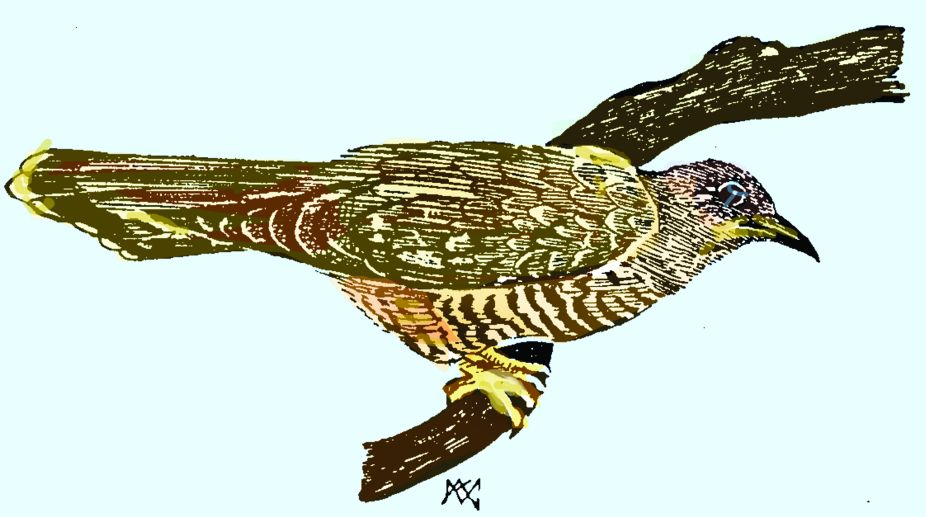India increases its tally of Ramsar sites to 80 from 75
Union Minister for Environment, Forest and Climate Change Bhupender Yadav said on the eve of World Wetlands Day 2024

Indian cuckoo
ON April 1, as I was sipping my morning coffee, I heard someone imitating the call of the Indian cuckoo (Cuculus micropterous) repeatedly, and was astonished by the sheer whimsy of the performance-imagine anyone imitating a forest-loving bird in the heart of congested Madras! The imitation was good, so good in fact that I would have looked for the bird and not merely wondered at the delightful unpredictability of human nature, had I not been surrounded by city buildings all round-and had the day not been April 1.
The characteristic four-syllabled call was repeated, again and again, till I realised that this was no light-headed human imitation, but a bird all right; and after listening carefully, I was sure that it was not the pied crested cuckoo, which has a somewhat similar call and which does come into Madras in summer, but the very bird whose call I had thought was being mimicked, though I had never heard the Indian cuckoo here before.
Following the call (which is not easy to locate, though very clear) I finally saw the bird, high up in the foliage of the great wood-apple tree in my back yard. Of all the cuckoo tribe (we have a great many of them here, have a great many f them here, including the celebrated koel and the papiha), no one else has a more euphonius call than this bird, a clear, mellow four-syllabled call with a charming falling cadence, the first two syllables being slightly higher pitched than the two following. The call is much better known than the bird and has given it an onomatopoeic name in many languages-in Bengal, they call it “bou-katha-kao” and also “kyphul-pukka”; it is the “broken-pekoe bird” of Anglo-Indians, and in Ceylon its call is rendered “Captain Philpotts”.
Advertisement
It is a bird with a wide range elsewhere in India, but in the South it is not common, except in the hill forests of the Western Ghats and allied ranges, where it is quite often heard in summer. I have heard it in the Nilgiris, and in the Anamalais, in March-April. It does go further south, to Ceylon, where it is said to breed occasionally though found mainly as a monsoon migrant. It is periodically heard in many places, but its breeding range in our country is not clearly known.
The difficulty of determining the regular resident areas of the bird may not be obvious at first. Most cuckoos are not vocal except while breeding and for a while afterwards-the Indian cuckoo is vocal during summer and the early rains, and, like the pied crested cuckoo, is also said to be the harbinger of the first rains.
Again, since it is parasitic in its breeding and builds no nest, and victimises quite a few birds (including laughing thrushes, flycatchers, and chats), it cannot be watched at its nest, or that of another particular bird. The fact that it is a bird of the treetops, usually hidden by foliage and twigs, and is coloured inconspicuously, adds to the difficulty of watching it-even in flight it looks very like some minor hawk and is apt to be overlooked. It is only when it is indulging in its reiterated, musical call that one notices the bird, and for a good part of the year it seems to be silent.
This was published on 29 May 1967
Advertisement